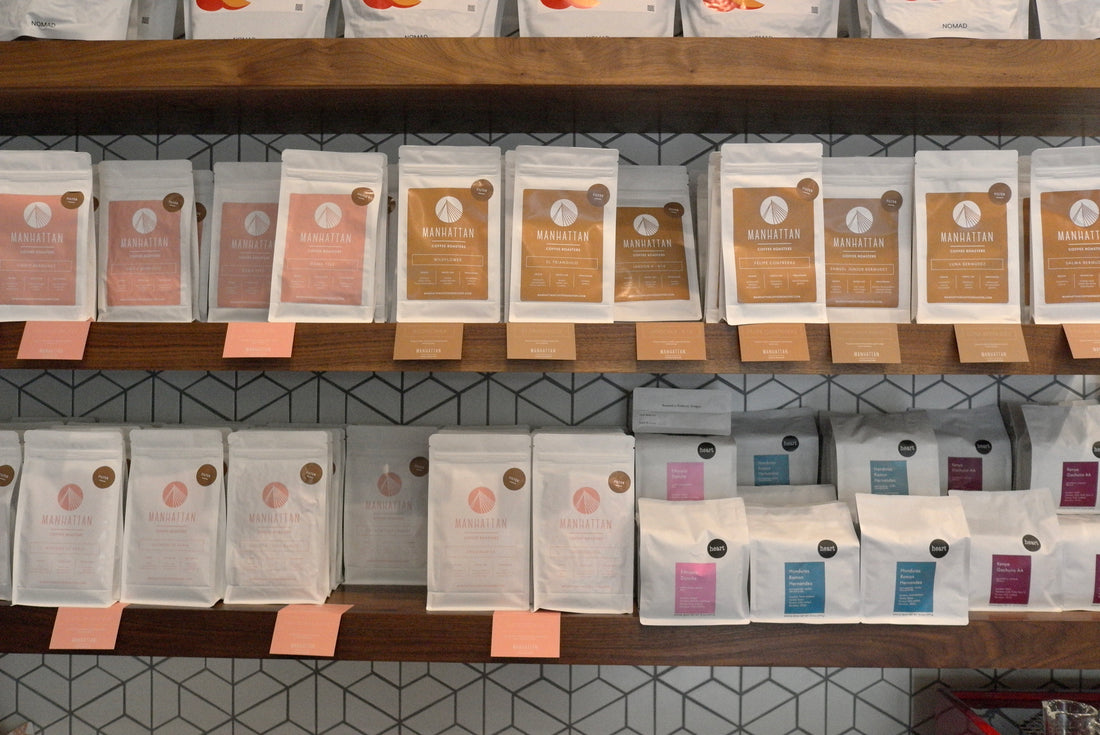
Some years ago I asked one of my Japanese friends how to make the dipping sauce for tenzaru soba or cold soba. I just made the dashi broth, which consists of two fermented products, the dried kombu and the katsuoboshi. My friend said I should make the dashi "stronger" by adding some soy sauce and mirin--two more fermented products.
This exercise made me realize that fermentation is a process that makes an edible substance more intense and stronger in flavor and character. If you take grapes, for example, and make it into wine via fermentation, the alcohol and the flavors created make it a stronger substance than the grape juice.
Fermentation is as old as dirt. Humans have been using fermentation to create all kinds of foods and drinks since millennia. But it's been largely a spontaneous, passive process, allowing microorgranisms to do their thing and waiting until their job is done.
Recently, however, fermentation is increasingly used as a interactive tool--not just a process--especially in the case of coffee.
Coffee growers harvest coffee fruit and process them into green beans for shipping to roasters around the world. The old way of processing coffee is the so-called natural process, where coffee fruits are laid on mats and allowed to dry for anywhere between 2 to 6 weeks. The fruit spontaneously ferments during this period, infusing the bean inside with flavors. Less than 10% of coffee beans are produced using the natural process, as 90% are produced with the washed process, which avoids fermentation with the fruit.
There's a growing trend in small batch coffee beans these days that are fruit fermented and often co-fermented with other fruits and spices. Growers utilize the natural process, carbonic maceration, anaerobic, and advanced fermentation where selected enzymes and yeasts are used to produce coffee with wild flavors.
To my observation, fermentation is most complex in sake. What makes it complex is because there are several steps involved. Sake starts with rice, which is not a fruit but a starch and, therefore, needs to be melted and converted into sugar. It is a very complex process from the beginning and there are several variations involved to create different saké. I won't go into the details here, that would be another story, but suffice it to say that in saké the magic of fermentation is fully revealed.

